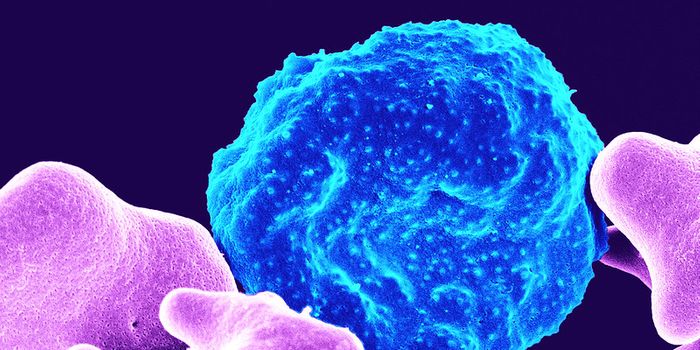Rise in STDs in the US
The number of STD cases in America has risen, according to an article published in JAMA based on the CDC’s 2020 STD Surveillance Report. After a dip in cases at the beginning of the COVID-19 pandemic, cases surged dramatically by the end of 2020. This initial decline in the number of reported cases was suspected to be from lack of access to care and screenings rather than a true reduction in cases.
According to the CDC, 2.4 million cases of STDs were reported in the US in 2020, with rates growing fastest for syphilis in newborns (congenital syphilis), a 235% increase since 2016. Leandro Mena, MD, MPH, director of the CDC’s Division of STD Prevention, reported newborn cases rose because of a lack of timely access to prenatal care or screens for syphilis during pregnancy when COVID-19 took center stage.
Congenital syphilis can lead to stillbirth and death in infancy. The disease can cause infants to have deformed bones, meningitis, jaundice, and brain and nerve problems, including blindness or deafness. Symptoms in some cases can take weeks, months, or even years after birth to appear. The CDC also states data from early in 2021 show congenital syphilis cases surpassed numbers from 2020.
Gonorrhea and syphilis in adults increased by 10% and 7%, respectively, from 2019 to 2020. Chlamydia was actually reported to have declined by 13%, but this may also be from a lack of screening since chlamydia cases are usually asymptomatic and can go undetected without screening.
According to the CDC’s report, Mississippi was among one of the top states for a high STD rate. New Hampshire, Vermont, and Maine were among the states with the lowest.
Some groups are also disproportionately affected by STDs. Rates are highest in racial minorities and gay and bisexual men. The CDC reports this finding is most likely related to differences in access to quality health care and sexual network characteristics rather than differences in sexual behavior in these groups.
Sources: JAMA, CDC STD Surveillance 2020, CDC, NORD








